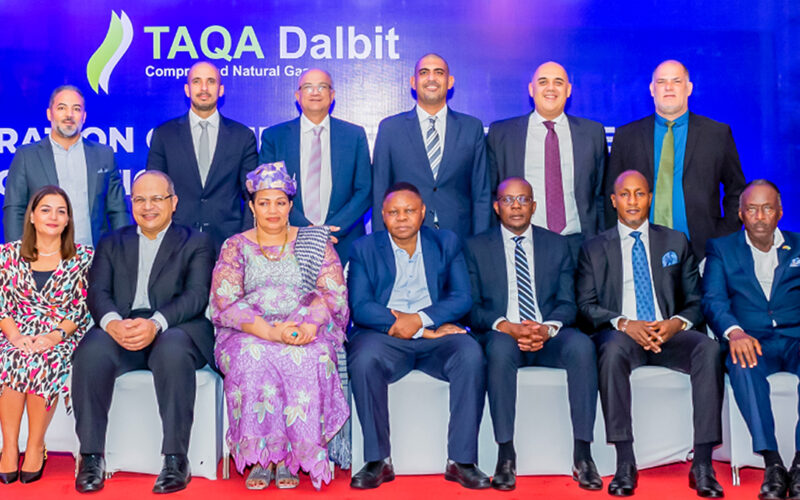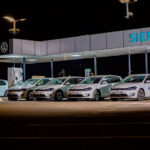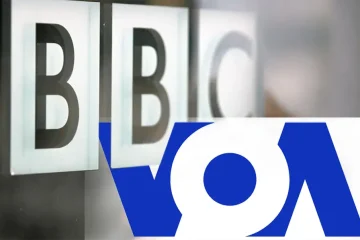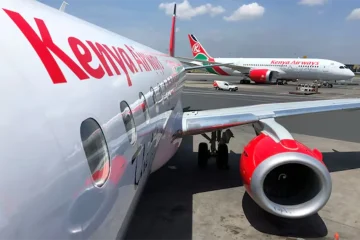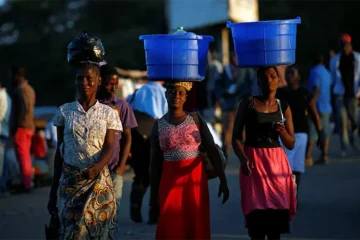TANZANIA has pushed East Africa into a new era of gas-powered mobility with the commissioning of the country’s first integrated compressed natural gas (CNG) filling station and conversion centre.
TAQA Dalbit, a joint venture of Egyptian energy company TAQA Arabia and JCG Oil &Gas announced the inauguration of the facility branded as “Master Gas” on November 11.
A press statement by TAQA Arabia indicated the facility would serve up to 800 vehicles daily. This is the first of 12 similar facilities planned for the East African country.
“The new CNG Filling Station and Conversion Centre is a monumental achievement that demonstrates the Tanzanian government’s keenness to provide state-of-the-art solutions and technological prowess as part of our commitment to form a sustainable, greener and economically efficient future,” Doto Mashaka Biteko, Deputy Prime Minister and Minister of Energy of Tanzania stated during the launch.
The Climate Technology Centre and Network estimates that CNG passenger vehicles emit between 5 and 10% less CO2 compared to gasoline-powered vehicles. Other studies have estimated this figure to be as high as 30%.
In the wake of surging fuel prices due to global geopolitical tensions, many countries in Africa have turned to alternative fuel sources, with several like Tanzania looking to leverage vast natural gas reserves.
Tanzania has been advancing its natural gas prospects, with its first LNG exports expected within five years after the culmination of a yet-to-be-signed agreement for the construction of a US$42 billion onshore liquefied natural gas plant.
Already, about 1500 four-wheelers are CNG-powered as of last year in the country and there are plans to have close to 700 buses under the Dar-es-Salaam Bus Rapid Transit’s Phase II running on natural gas by the end of the year.
In March 2023, the Tanzania Petroleum Development Corporation gave the go-ahead to 20 companies to build CNG stations in the country.
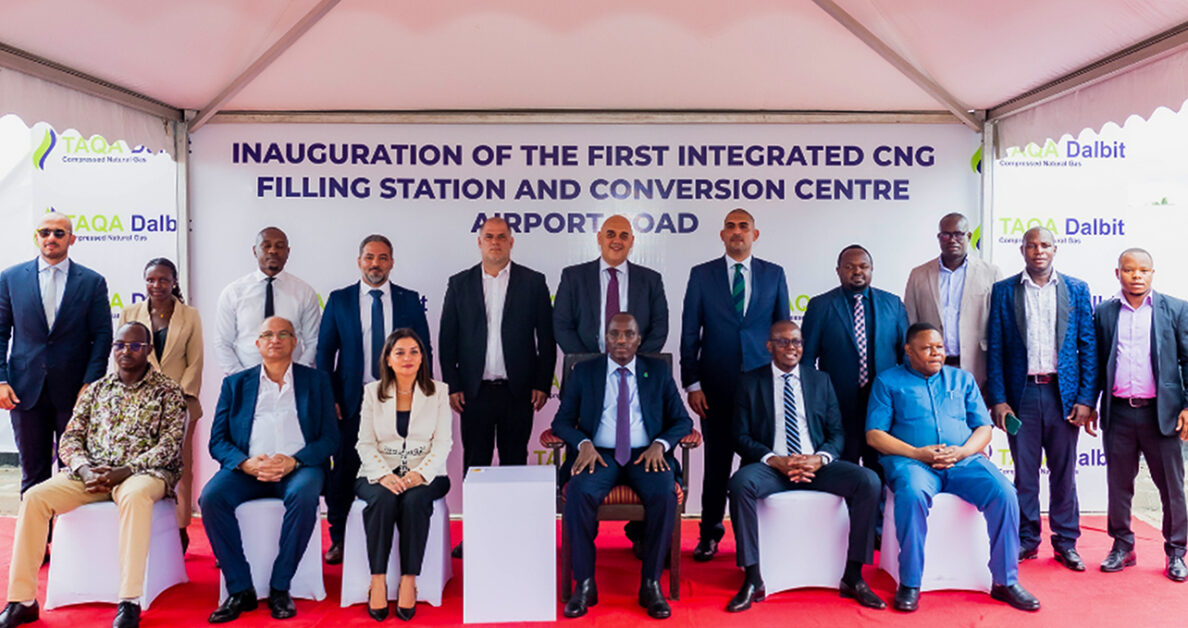
Comparable endeavours are taking shape in natural gas-rich nations across the continent. Nigeria, notably, is aggressively setting up infrastructure to facilitate CNG adoption, following the elimination of a costly gasoline subsidy program.
President Tinubu’s Presidential Compressed Natural Gas Initiative aims to ramp up CNG vehicle adoption, with plans to provide thousands of CNG-enabled vehicles and conversion kits and acquire 3,000 CNG-fueled buses between July 2023 and March 2024.
These efforts pale beside Egypt’s, which, despite having the continent’s largest CNG-powered fleet of about 260,000 vehicles, wants to increase those numbers.
South Africa, Kenya, Mozambique, and Ethiopia have also considered CNG options.
However, while stakeholders laud this shift towards CNG in Africa’s transport sector as an alternative fuel, concerns about its impact linger.
“To combat air pollution in the long-term, the adoption of electric vehicles, improving public transportation, encouraging cycling and walking, implementing stricter emission standards, and transitioning to sustainable renewable energy sources should be considered,” said Jane Uche, a Nigerian enterprise risk manager.
For Uche, the fact that emissions from natural gas vehicles still pose a threat to the environment should make gas a transitional fuel only for the short term.
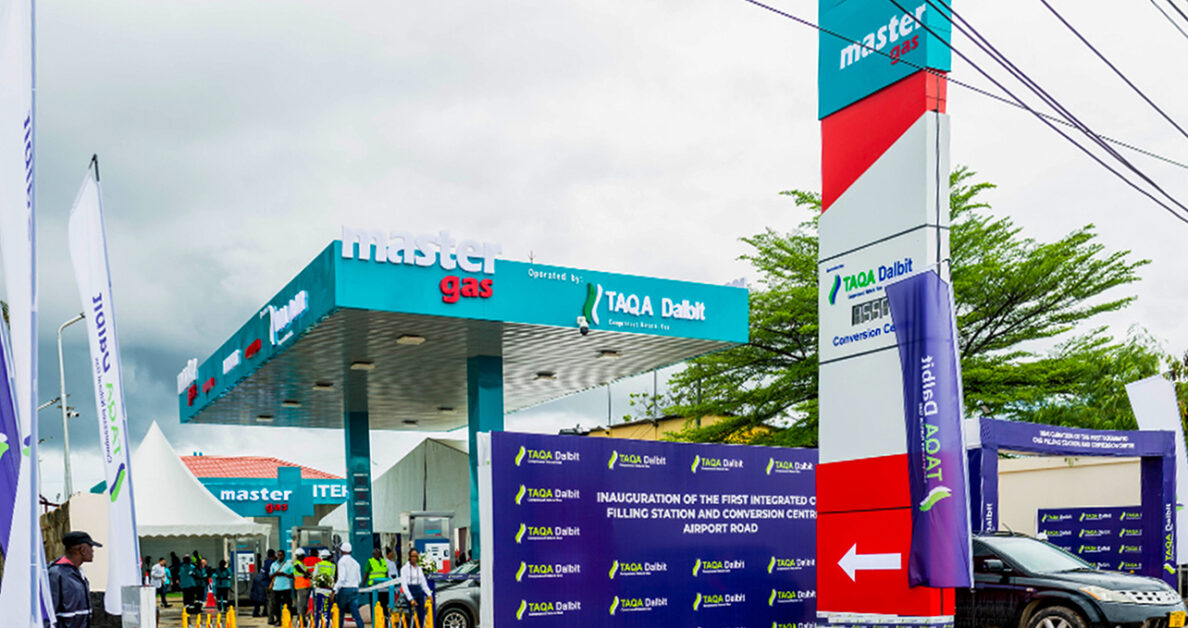
- TAQA Arabia Launches its first “Master Gas” Natural Gas Filling Station and Conversion Center in Tanzania
- Natural gas-fueled four-wheelers are popping up across Africa

